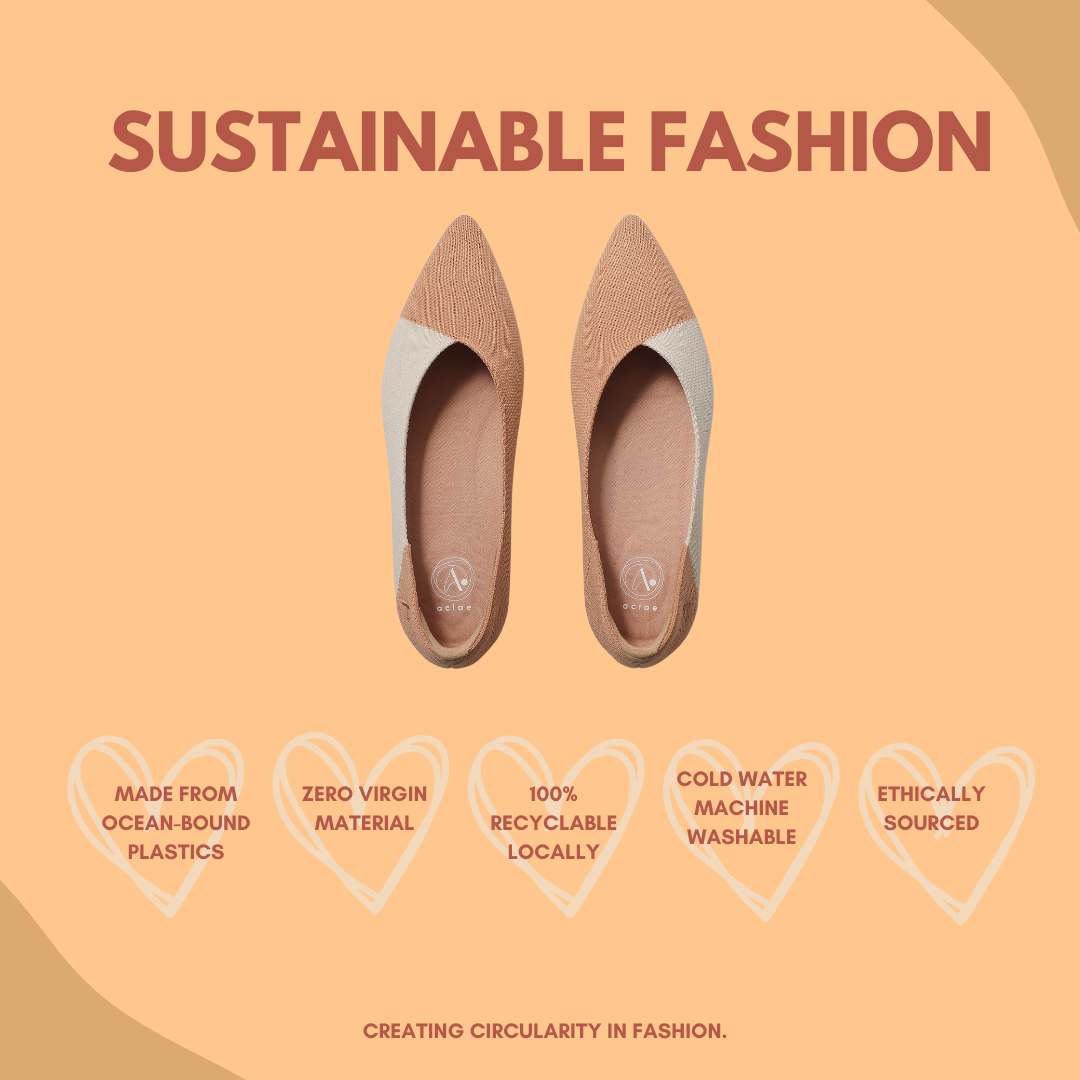Fashion, in its myriad expressions, finds itself at an environmental and ethical crossroads. The distinctions between fast fashion and sustainable fashion have become sharper than ever. Let's explore the differences in depth and discover the importance of informed choices.
1. Production Speed vs. Mindful Creation
Fast Fashion: Production is rapid. The race to get garments to stores quickly sometimes leads to quality compromise. According to a report by the Ellen MacArthur Foundation, less than 1% of materials used to produce clothing is recycled into new clothing, illustrating the disposable nature of fast fashion.
Sustainable Fashion: The approach is comprehensive. Sustainable fashion cherishes quality, longevity, and ethics. Each piece tells a story of thoughtful craftsmanship.
2. Environmental Impact
Fast Fashion: Known to be the second-largest polluter in the world, fast fashion has an alarming water footprint. The World Wildlife Fund reports that it takes 2,700 liters of water to make one cotton shirt - enough to meet an average person's drinking needs for two and a half years.
Sustainable Fashion: Brands like aciae have flipped the script. By using post-consumer materials, they champion practices that respect the environment, focusing on recyclability and resource conservation.
3. Ethical Production
Fast Fashion: Production is often marked by an oversight of workers' rights. The Australian Strategic Policy Institute highlighted instances where Australian brands, directly or indirectly, benefited from forced labor in their supply chains.
Sustainable Fashion: Leading the charge in ethical practices, aciae emphasises the human element in production. Adhering to its voluntary Modern Slavery Statement, aciae conducts rigorous audits of its suppliers every two years, ensuring a chain that respects human rights.
4. Cost vs. Value
Fast Fashion: It may seem cheaper initially, but the environmental and social costs are significant. In fact, a study by Quantis shows the fashion industry was responsible for nearly 4% of global greenhouse-gas emissions in 2018.
Sustainable Fashion: The upfront price might sometimes be higher, but the long-term value is unparalleled. The benefits extend beyond the individual, contributing to broader ecological and societal welfare.
5. End of Life
Fast Fashion: Due to non-biodegradable materials, a significant proportion of fast fashion ends up in landfills. Planet Ark, an Australian not-for-profit environmental foundation, states that 6,000 kg of clothing is discarded every 10 minutes in Australia.
Sustainable Fashion: aciae embodies circularity in fashion. With programs like end-of-life recycling with Upparel, the brand assures minimal waste, aligning with global benchmarks of sustainability.
Conclusion
Fashion decisions today shape the world of tomorrow. By opting for sustainable fashion over fast fashion, we champion a brighter, cleaner, and more humane future. The verdict seems clear-cut: For the greater good and the future of our planet, choose wisely. Choose aciae.
References:
- Ellen MacArthur Foundation. (2017). A new textiles economy: Redesigning fashion's future.
- World Wildlife Fund. (2019). The hidden cost of your favourite clothes.
- Australian Strategic Policy Institute. (2020). Uyghurs for sale.
- Quantis. (2018). Measuring fashion: Environmental impact of the global apparel and footwear industries.
- Planet Ark. (2021). Australian fashion waste statistics.


